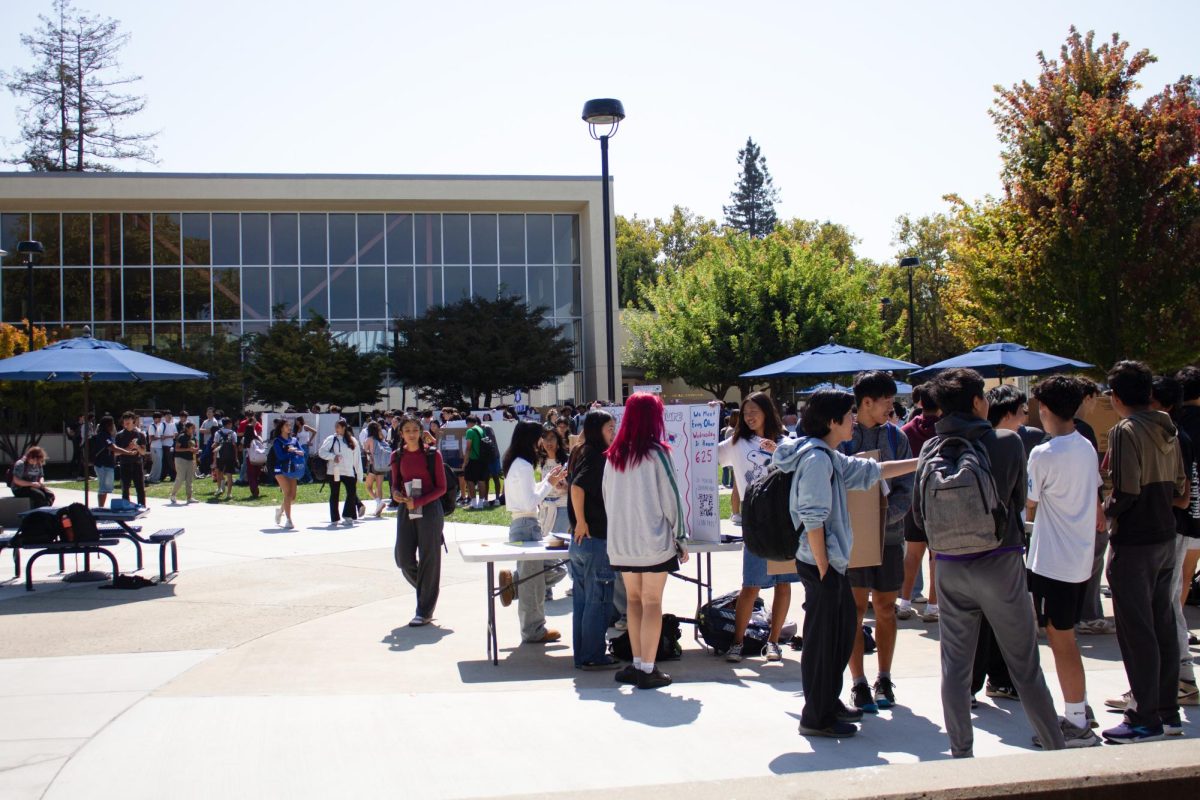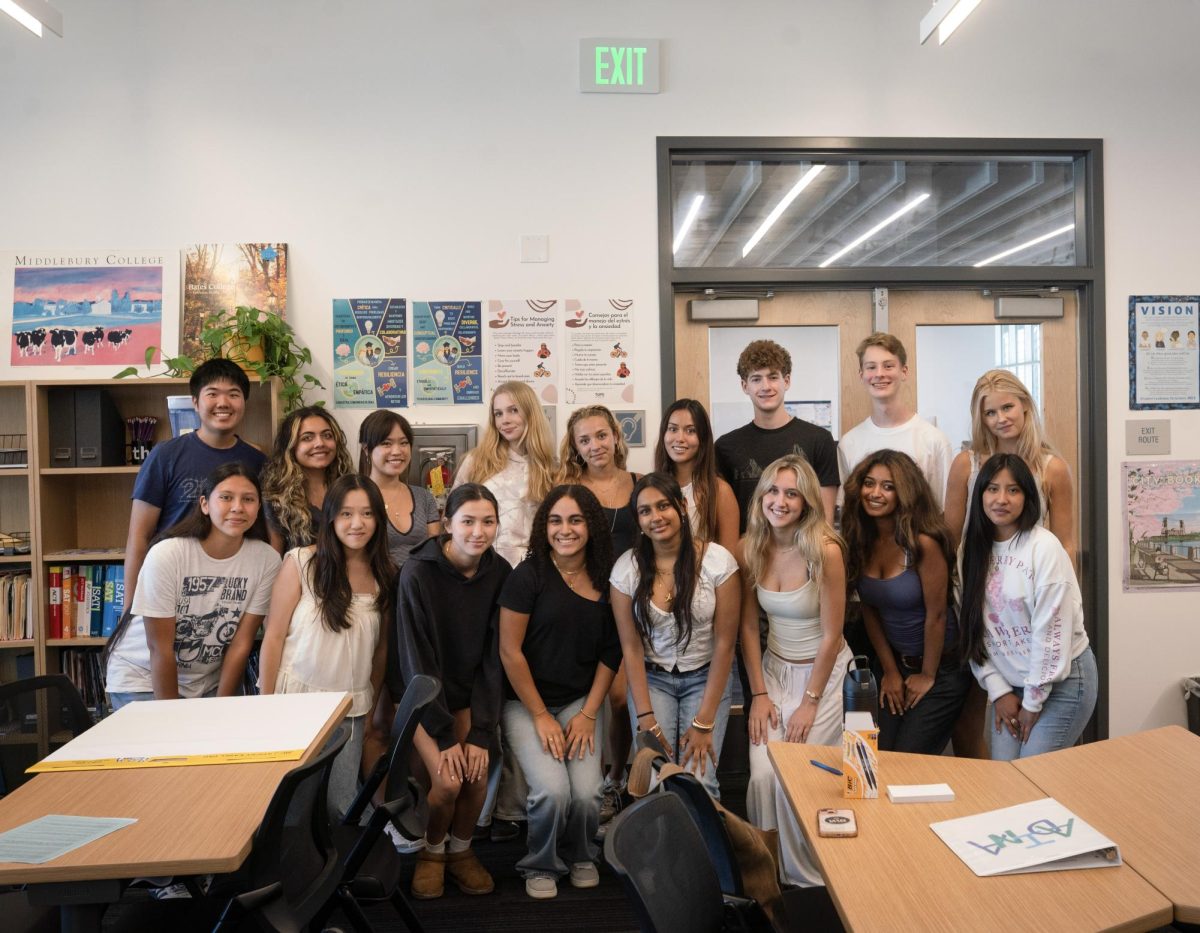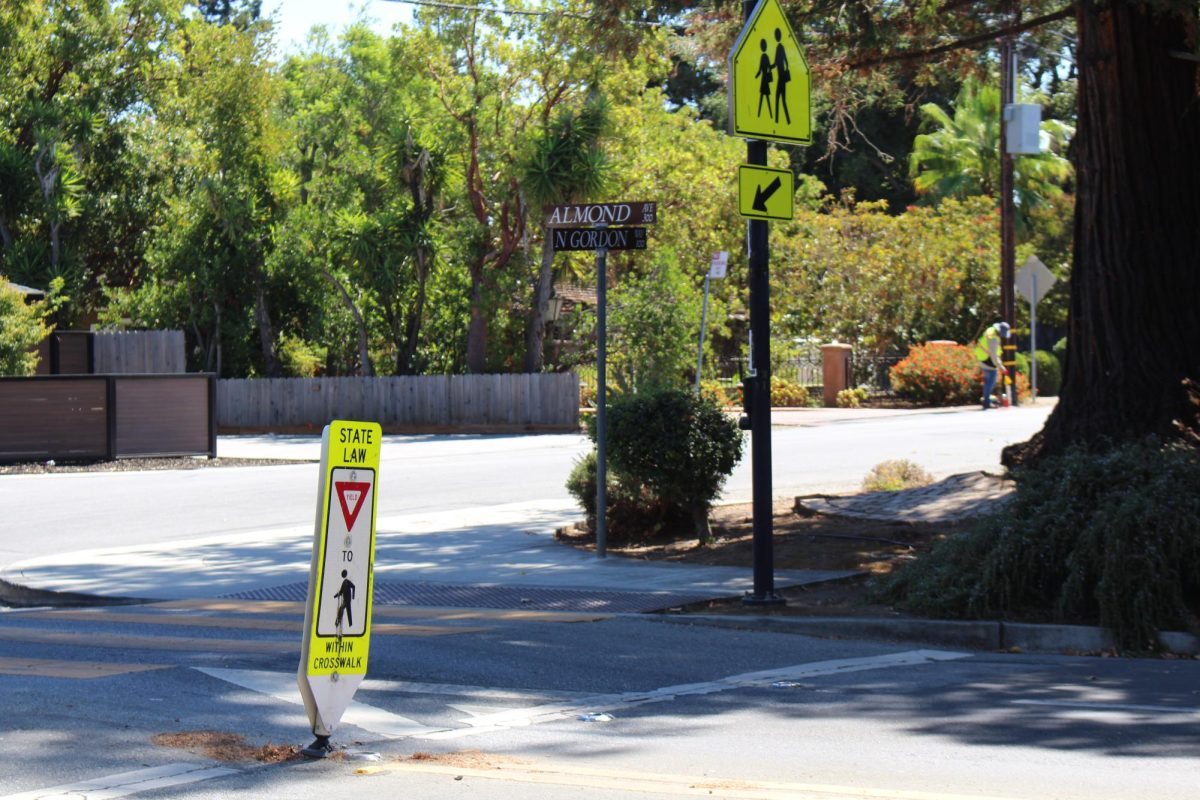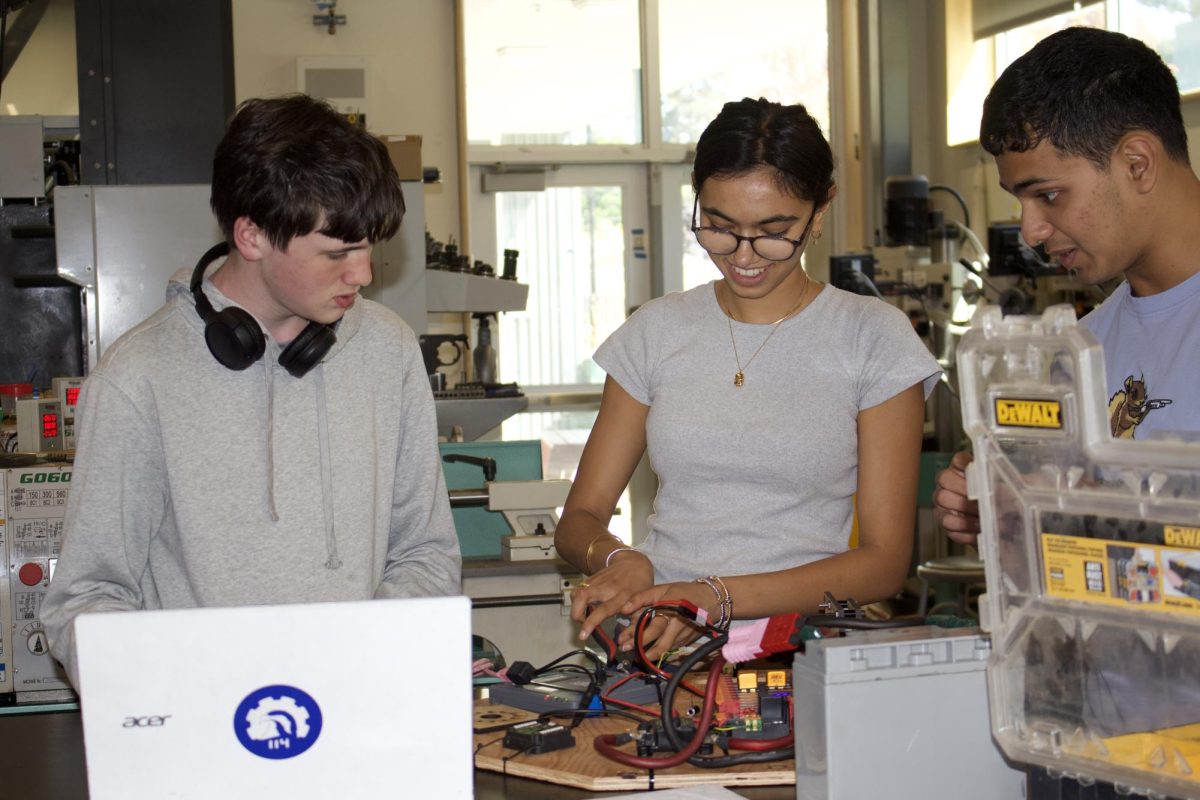As college approaches for the class of 2025, there’s been significant changes to the Free Application for Federal Student Aid (FAFSA). A cornerstone of the college financial aid process, these changes transform how students apply for and receive financial support.
This year’s FAFSA builds on simplifications made in last year’s form, further enhancing the user experience. Both years benefit from the FAFSA Simplification Act, cutting confusing financial sections and reducing the number of questions from 108 to 36.
“In the past, users had to manually type in all their personal information,” College and Career Center Counselor Laura Duran said. “They’ve added the IRS Data Retrieval Tool, which fills in their tax information. It’s become very straightforward.”
Last year’s FAFSA adjusted questions based on previous answers. This year’s form expanded this , refining the adaptive process to better suit each applicant’s situation.
“They like to reward people who take their time carefully,” Assistant Principal Fabian Morales Medina explained. “There’s a question about foreign income. Most people would answer no, but for the small percentage who answer yes, the form will respond accordingly.”
“It responds to your situation and asks follow-up questions,” senior Deven Merced said. “It makes it more personalized, but it still takes a while to do.”
Support resources for applicants have been expanded. The “Who Counts as a Parent” tool — made for complex family situations — helps students know which parent’s information to include. Additionally, more comprehensive information has been posted online. The Federal Student Aid Information Center is staffed with over 700 agents to guide applicants, and detailed FAQs and live chat options have also been provided.
Political Challenges
Despite the improvements in usability, some mixed-status and undocumented families fear the form puts them at risk, as it requires sharing sensitive information.
“It doesn’t inspire a lot of confidence for students to identify themselves as undocumented,” Morales Medina said. “We’re in a scary time. While forms like the FAFSA are crucial for college, we have to stay smart in a very challenging social environment.”
Undocumented students and noncitizens without eligible status may also be unable to submit the FAFSA entirely. In these cases, the California DREAM Act offers a secure alternative. It allows eligible students to apply for state financial aid without needing to disclose personal information.
“The DREAM Act supports students and families without social security numbers,” Duran said. “It’s hard when the FAFSA is promoted everywhere, and some students are left out. The DREAM Act helps those students.”
How to Submit the FAFSA
The form for graduating seniors is available until June 30, 2026, but applicants should apply as soon as possible since some colleges have earlier deadlines. The FAFSA can be completed online at studentaid.gov to receive aid during the 2025-26 college year.










